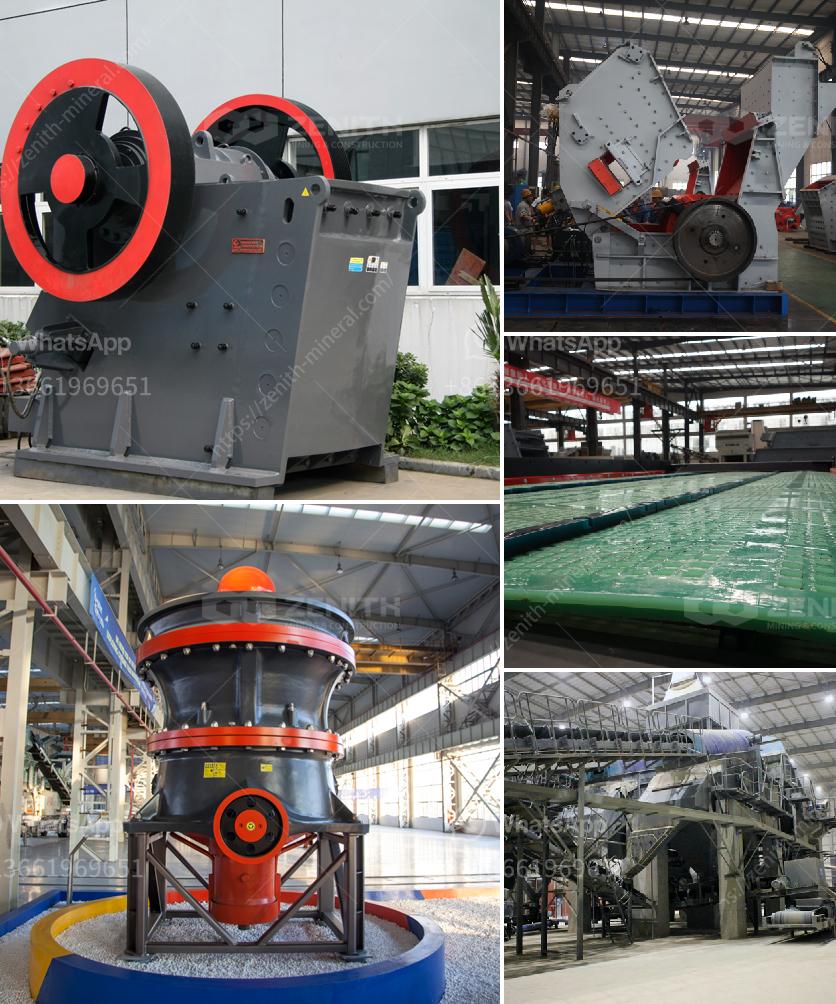Choosing the right model of jaw crusher involves several factors to consider, ensuring optimal efficiency and performance for your specific needs. Here are some key steps to guide you:
-
Determine the Material Characteristics:
- Hardness: Assess the hardness of the material to be crushed; different jaw crushers are suitable for different hardness levels.
- Abrasion: Consider the abrasiveness of the material, as more abrasive materials may require a crusher with stronger wear resistance.
-
Capacity Requirements:
- Calculate the required capacity, usually measured in tons per hour (TPH). Ensure the selected model can handle the desired throughput without compromising performance.
-
Feed Size and Output Size:
- Maximum Feed Size: Identify the maximum size of the input material to ensure it fits into the crusher’s feed opening.
- Output Size: Determine the desired size of the finished product, as different models offer varying degrees of reduction ratios.
-
Application and Use Case:
- Consider whether the crusher will be used for primary, secondary, or tertiary crushing to select a model designed for that specific stage.
-
Installation and Site Conditions:
- Assess the physical space available for installation, including height, width, and depth, to choose a model that fits well within your site constraints.
- Evaluate accessibility for maintenance purposes, as some models may require more frequent attention.
-
Power and Efficiency:
- Examine the power consumption of different models to balance energy efficiency with performance needs.
- Opt for models with features that improve efficiency, such as automated settings and hydraulic assist.
-
Budget Considerations:
- Factor in your budget, including not just the purchase price but also operational and maintenance costs.
-
Brand Reputation and After-sales Support:
- Look for reputable brands known for reliability and durability.
- Consider the availability of after-sales support and spare parts to minimize downtime.
-
Compliance with Regulations:
- Ensure the chosen model complies with local environmental and safety regulations.
-
Consult Experts or Suppliers:
- Engage with suppliers or industry experts to get professional recommendations tailored to your specific requirements.
By carefully considering these factors, you can select a jaw crusher model that aligns with your operational needs and maximizes productivity.

